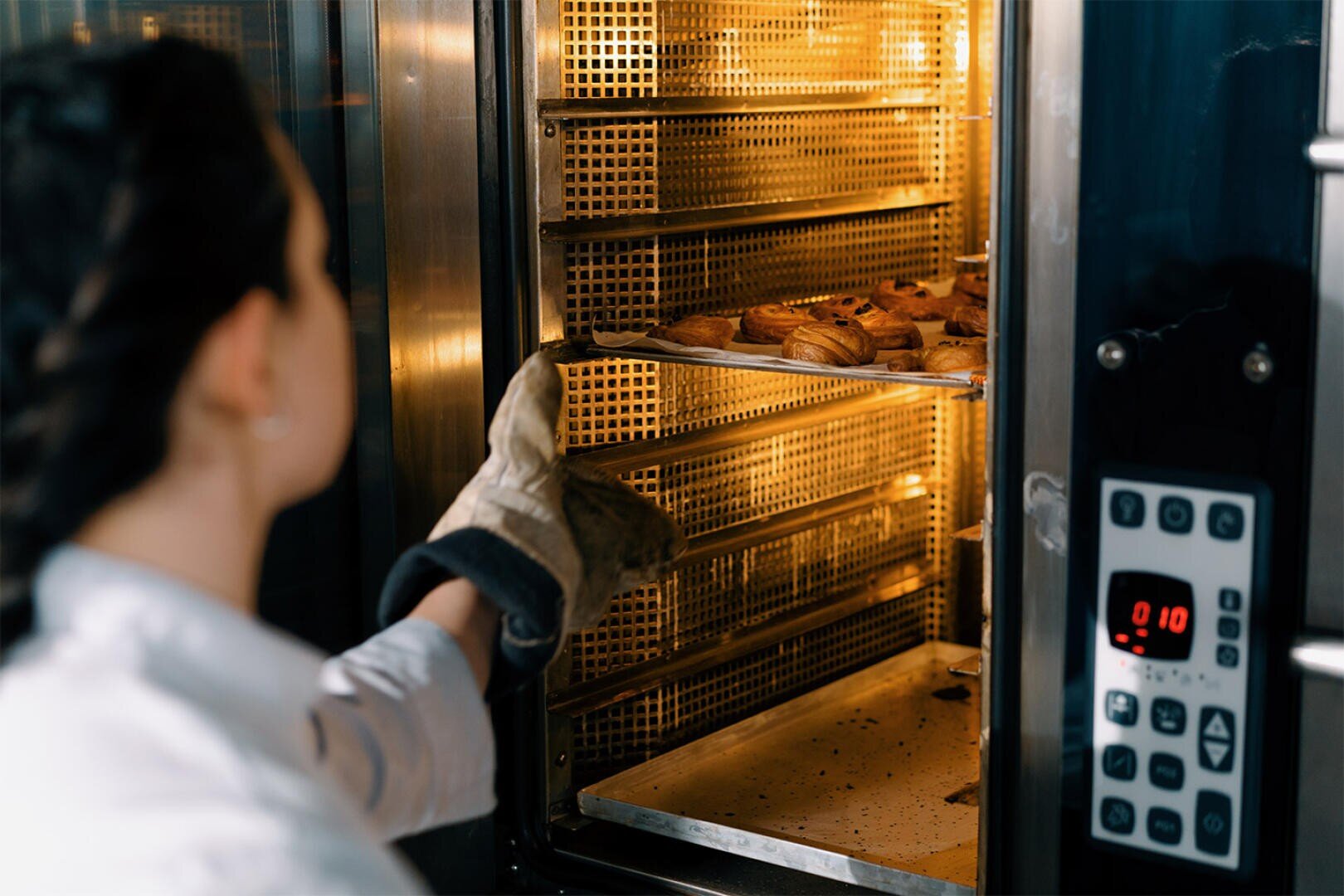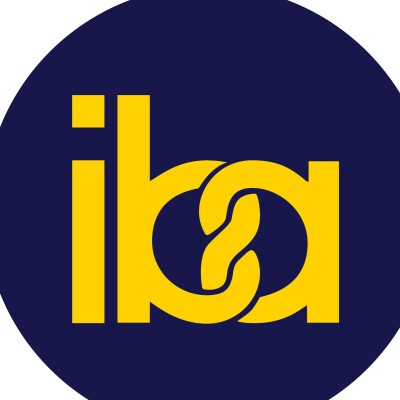Efficiency, technology and a vision for the future
iba.TOPIC: SUSTAINABILITY
Rising energy prices, stricter regulatory requirements and growing customer expectations are raising the strategic importance of resource-efficient business practices.
Anyone wishing to run their business on a sustainable basis needs to systematically scrutinise their company’s processes. “There is no blueprint or one single measure that will bring immediate success. It’s the sum of the individual activities – which ideally are all harmonised,” says Dr Dirk-Siegfried Hübner, member of the Greenbaker Foundation’s expert panel. This body advises and supports bakeries in improving their ecological performance.
Ovens, refrigeration technology and dishwashers offer the greatest potential for savings. On average, almost half of the energy costs are caused by the ovens, with refrigeration and dishwashing systems each accounting for a further quarter. Up to now, dishwashers have typically been operated at 85°C so that baskets and crates dry quickly as a result of the hot water. However, if the dishwasher system has a centrifuge, water temperatures of around 65°C are enough, which will reduce energy costs. The water and electricity consumption of all systems can be determined using measuring devices or consumption analysis systems. The resulting energy data and the corresponding production volume yield the relevant energy values. “These can then be used by business owners to establish a monitoring system and to compare their performance with similar companies and benefit from each other’s experience,” says energy expert Hübner.
Producing and portioning
Modern technology can also be used to optimise dough production. Precise dosing and hydrogenation of the flour can help achieve consistent dough quality and improve fermentation. The hydrator ensures that every flour particle is moistened with water. Targeted swirling of the flour and vacuum mixing raises the oxygen content in the dough, which can then be processed more effectively.
Efficiency levels can also be increased during portioning and shaping. Modern systems can now process 50,000 items or more per hour and adjust the weight perfectly, even in lighter products such as bread rolls and pretzels. It is important that the production area can easily be inspected and that daily cleaning and maintenance procedures are kept simple. This ensures maximum system availability.
“In the case of refrigeration systems, carbon reduction starts with the refrigerant used. Natural refrigerants such as CO2 make a major contribution here, as they are environmentally friendly and contribute only negligibly to the greenhouse effect. The control technology – which may include AI support – helps to optimise utilisation of the systems and to find the best operating point,” says Hübner. He believes that efficient refrigeration cycles and heat recovery also play important roles. These can be found in modern refrigeration systems, for example. They require significantly less energy due to the use of larger condensers and evaporators.
Prevent the escape of unused waste heat
In addition, heat exchangers can be deployed to utilise the energy contained in waste heat for operational processes. This cuts the amount of energy required for steam generation in the baking process by around 30 per cent. The condenser allows about half of this to be re-utilised.
In addition, ovens can also be operated using alternative fuel solutions such as a hydrogen mixture, biogas, wood pellets or electricity. And better insulation of the ovens prevents the dissipation of heat. In addition, lighter oven conveyor belts also help to save energy.
Modern machines and digitalisation
Modern machines require less energy, work with greater precision and can be harmonised more effectively with other devices, yet it is not always advisable to buy new equipment. “In many cases, there are maintenance backlogs,” in Hübner’s experience. “If the heat recovery system is contaminated, this directly reduces the output.”
Further opportunities lie in digitalisation. Intelligent software solutions can be used to adapt production plans on different days of the week and in response to sales data, the weather or seasonal fluctuations. Artificial intelligence can support demand-orientated control and prevent machine downtimes. Energy monitoring systems provide real-time data on consumption peaks and enable targeted fine-tuning. AI facilitates the detection of clogged filters or broken seals, preventing energy losses and unnecessary downtimes. “This allows us to exploit optimisation potential in every step of the production process,” adds Hübner.
Cost-effective measures and training
Not all measures require high levels of investment. Switching to LED lighting, installing motion detectors in less frequented rooms or using timers to switch off appliances outside operating hours can be undertaken relatively cheaply. Giving proper training and instruction to employees also helps to save energy and resources. “It is important to appoint a person to oversee the sustainability efforts on a long-term basis. And management must set a good example within the company,” says Hübner.
Sustainability is a matter of course at Bäckerei Terbuyken GmbH & Co. KG, for example. The company’s bakehouse has adopted a comprehensive energy concept that includes heat recovery systems and CO2 and glycol cooling. “This allows us to minimise energy losses and significantly reduce energy consumption,” says Sebastian Wiza, Head of Administration at Terbuyken. This solution is complemented by the company’s own photovoltaic system with a peak capacity of 150 kilowatts, meaning that part of the electricity requirement is obtained from a renewable source.” Sustainability is not viewed in isolation at Terbuyken. “It is a basic principle that underpins our daily work in all areas,” says Wiza in conclusion. “This applies to everything – from production and logistics through to sales. We make use of technical innovations and digital solutions to help us work in a resource-saving, efficient and sustainable manner.”
Kirsten Rein

